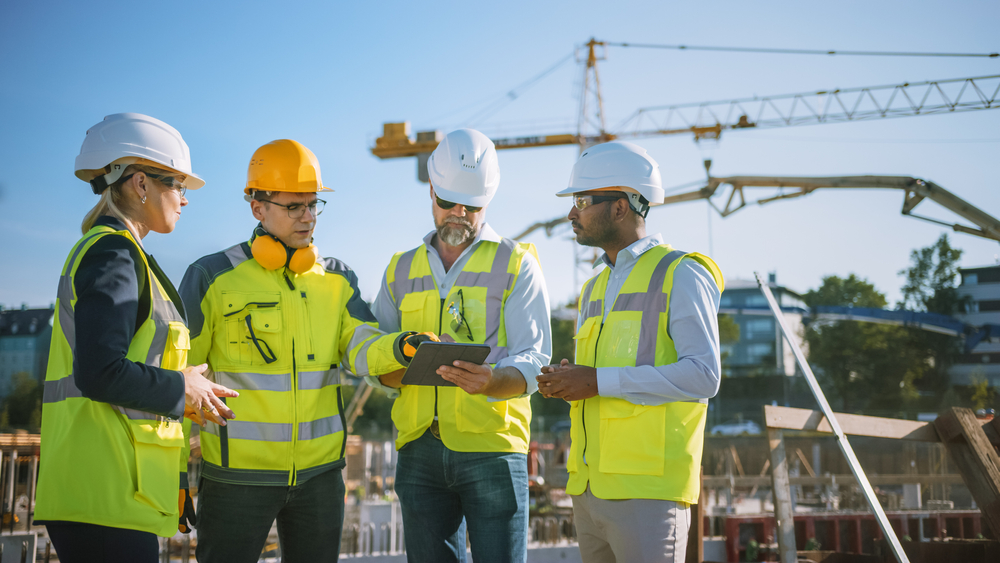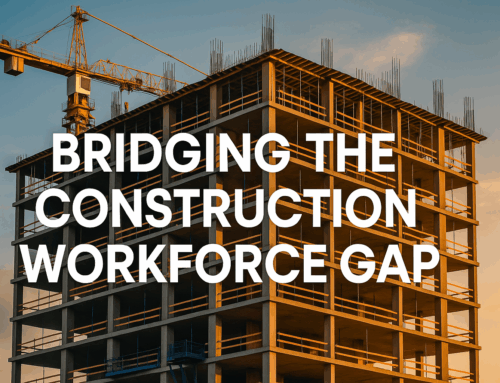Risk management is an essential practice in any business venture, and the construction industry is no exception. Construction projects typically involve numerous variables, high costs, and strict timelines, which make them inherently risky.
Statistics show that on average two people die every week on construction sites
To navigate these complexities successfully, it’s crucial to understand common types of risks, the importance of comprehensive risk management plans, and strategies for effective risk management.
Common Types of Risks in Construction Projects
- Financial Risks – Financial risks revolve around the potential for financial loss. In construction, these risks might include budget overruns, cost estimation errors, inflation, or unexpected increases in material costs.
- Legal Risks – The construction industry is governed by an array of laws and regulations at local, state, and federal levels. Non-compliance with these regulations can lead to legal disputes, fines, or project delays. Legal risks also include contractual disputes with stakeholders, such as owners, contractors, subcontractors, or suppliers.
- Safety Risks – Construction sites can be dangerous, and safety risks are among the most critical to manage. These risks range from accidents due to faulty equipment or inadequate safety measures to health risks from hazardous materials.
- Environmental Risks – Environmental risks include potential damage to the environment due to construction activities. Examples include air and water pollution, soil erosion, habitat destruction, and noise pollution. Environmental risks also encompass the impact of weather or climate-related events on the project.
Importance of a Comprehensive Risk Management Plan
A comprehensive risk management plan can be the difference between a successful project and a costly disaster. By identifying potential risks ahead of time, you can devise strategies to prevent or mitigate them.
Risk management helps to prevent costly mistakes and delays, promoting project efficiency and cost-effectiveness. It allows for more accurate project planning, budgeting, and resource allocation. It also improves communication and transparency with stakeholders, as they are kept informed about potential risks and the steps being taken to manage them.
Risk assessments are the first step in the risk management process. They involve identifying potential risks, determining their likelihood and potential impact, and developing strategies to address them. Regular risk assessments allow for continuous monitoring and updating of risk management plans, adapting to changes as the project progresses.
Training Staff
Investing in staff training is essential for effective risk management. Workers should understand the risks associated with their roles and be trained in risk management procedures, from identifying potential hazards to following safety protocols. Moreover, staff training promotes a safety culture within the organization, making risk management a shared responsibility.
Purchasing Appropriate Insurance Coverage
Insurance is a key tool in managing construction risks. It provides a financial safety net in case of unexpected events such as accidents, property damage, or legal disputes. Construction firms should ensure they have comprehensive coverage, including liability insurance, property insurance, workers’ compensation, and environmental liability insurance.
Implementing Robust Quality Assurance and Quality Control Procedures
Implementing rigorous quality assurance and control measures can prevent defects and failures that might lead to safety hazards or structural issues. These processes help ensure that all elements of a project—from materials to workmanship—meet the necessary standards, reducing the risk of costly rework or repairs.
Utilizing Technology
Modern risk management tools can significantly improve the effectiveness of risk management strategies. Digital platforms can track, analyze, and predict potential risks, allowing construction managers to make informed decisions. Technologies like Building Information Modeling (BIM), drones, and predictive analytics can be utilized for advanced risk assessments.
Involving All Stakeholders
Involving all stakeholders in the risk management process ensures a comprehensive understanding of all potential risks and encourages collaboration in devising and implementing risk management strategies. A team approach to risk management increases accountability and ensures all parties are committed to the project’s success.
Final Thoughts
Risk management is an integral part of leading a successful construction project. By understanding the different types of risks, implementing a comprehensive risk management plan, and employing effective strategies, leaders can minimize potential issues, ensuring projects are delivered on time, within budget, and to the required standard of quality.
For more information on risk management in construction, please click here.






